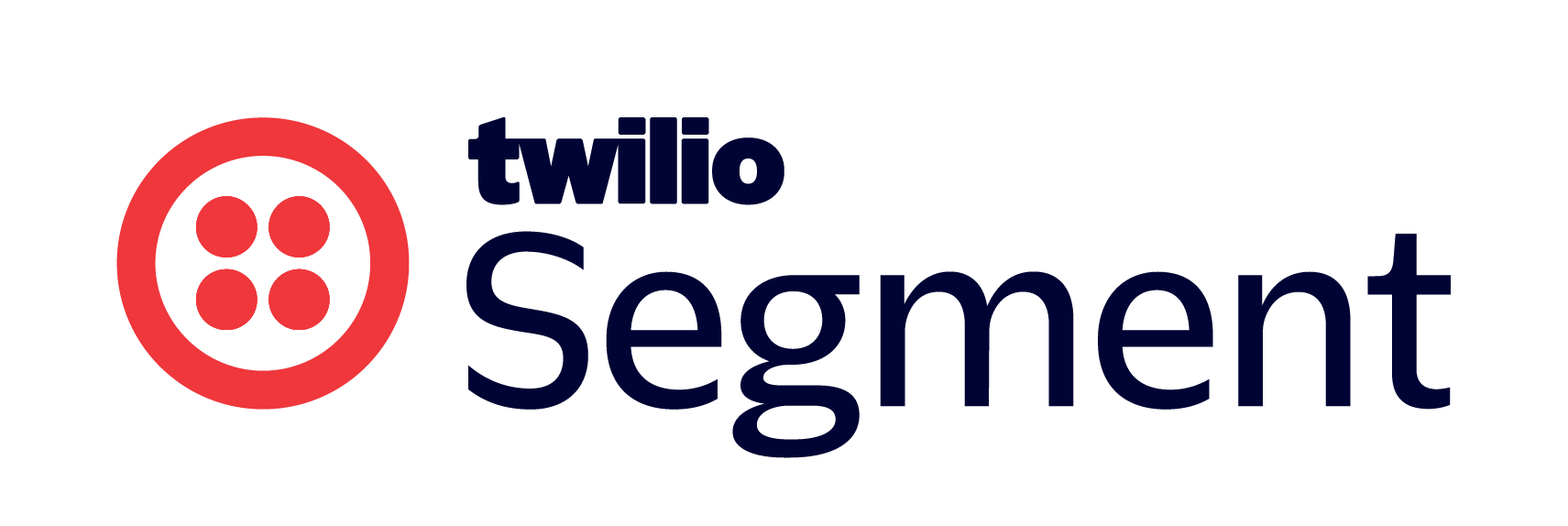Implement a campaign using Segment to design personalized messaging and recommendations based on user preferences and previous visit behavior to win back lapsed customers
Target KPI: Increase Monthly Active Users
Desired Outcome: Reviving churned users is often the highest-leverage growth strategy your team can implement. Activating this use case can significantly boost customer re-engagement and retention, driving higher conversion rates while reducing churn and fostering long-term loyalty.
---
Step 1: Add the required Sources
In your workspace, add a new prod or dev source for your website and (optional) another for your order processing system. This should be your website where checkout events will be tracked and the system that captures completed orders. These sources will be responsible for collecting the required Track Events and sending them to Segment.
Sign Up or Log In to Segment
First, access the Segment platform by signing up or logging into your existing account.
Create a Source for Your Website
A source in Segment acts as the origin of data you collect, such as user interactions on your website.
- In your Segment workspace, navigate to the Sources section.
- Click the Add Source button.
- From the catalog of sources, select JavaScript (for websites)
- Provide a name for your source, e.g., "i.e. Company Website - Dev or Prod".
- Optionally, add labels for organization
- Enter your website URL
- Click Create Source button
Install the Segment Snippet
After creating your source, Segment will provide you with a JavaScript snippet.
- Copy the JavaScript snippet provided by Segment.
- Paste the snippet into the <head> tag of your site to install Segment.
If you need to add a source for your server, mobile app, or any other touchpoint please refer to the documentation for easy setup
Step 2: Track your events
In order to build the funnels needed to personalize campaigns, you'll need to track three key events: 'Page Viewed' and 'Page Scrolled' from your website and 'Order Completed' from your server source.
- Page Viewed: This event will start sending to Segment once Analytics.js is added to the site.
- Page Scrolled: This event will start sending to Segment once Analytics.js is added to the site.
- Order Completed: Manually add this event to your site (See V2 Ecommerce spec).
In this example, we're not only tracking the events 'Page Viewed' and 'Page Scrolled', but also sending additional properties like 'page_category', 'page_name', and 'pct_scrolled'. These properties provide important context about the event and can be extremely valuable in your analysis. Learn more about properties.
It should be noted that 'Order Completed' should trigger an Identify call because this event allows you to tie a user to their actions and record traits about them, i.e., first_name, last_name, email. This can further be used for personalized messaging in your winback campaign.
Only Identify calls can add and update user traits to a profile. For connections-only customers, the Identify event can still be mapped to downstream destinations to create/update user profiles.
Step 3: Add Destinations
Choose where you want to send the collected data—for this use case it could be an email or marketing automation platform.
- In your Segment workspace, add a new destination
- Select your preferred tool from the catalog. This destination will receive the data collected by your source and use it according to your needs
Step 4: Test your setup
Ensure your data collection is configured correctly:
- Perform the actions you’re tracking on your development website.
- Check if the events are correctly recorded in your Segment debugger and analytics tool.
The Source Debugger is a tool that helps you confirm that API calls made from your website, mobile app, or servers arrive to your Segment Source, so you can troubleshoot your Segment setup even quicker.
Your data may not show up instantaneously and there may be a delay, but once the data is flowing you are ready to move to the next step.
Step 5: Analyze and activate
With accurate setup and data flow:
- Analyze the data to understand user behavior throughout the ordering process.
- Identify users who haven’t visited your website within the past 90 days.
In order to activate your campaign, you can use a platform like SendGrid to send a personalized coupon to win back customers that have lapsed or previously browsed your site. It's important to first collect an email address, so consider using a lightbox popup or another tool to capture the user's email before tracking 'page_scroll' and/or 'page_viewed' events.
Example of cart winback campaign
Final thoughts
Tailoring communications to individual interests and past interactions creates more engaging experiences and shows customers their preferences are valued. Personalized recommendations increase re-engagement and purchases, while targeted messaging addresses churn issues with solutions and incentives. Using this strategy enhances satisfaction, builds loyalty, and drives higher conversion rates.
Using Twilio Engage, you can craft personalized messages that resonate with each customer’s favorite categories, driving not just repeat business but building a stronger, more engaged customer base.
Want to discuss this topic with the community? Start a thread in our Discussion Forum.
For more on this topic, check out this Earnest Case Study.
